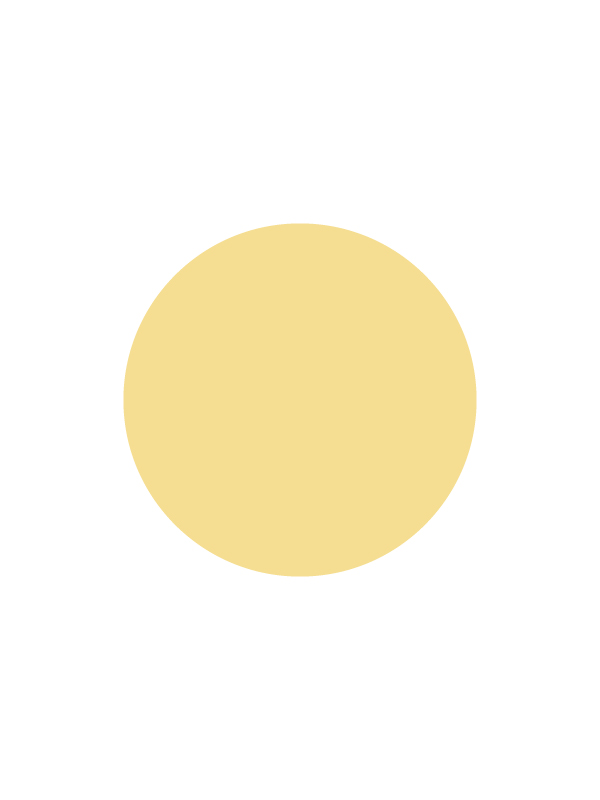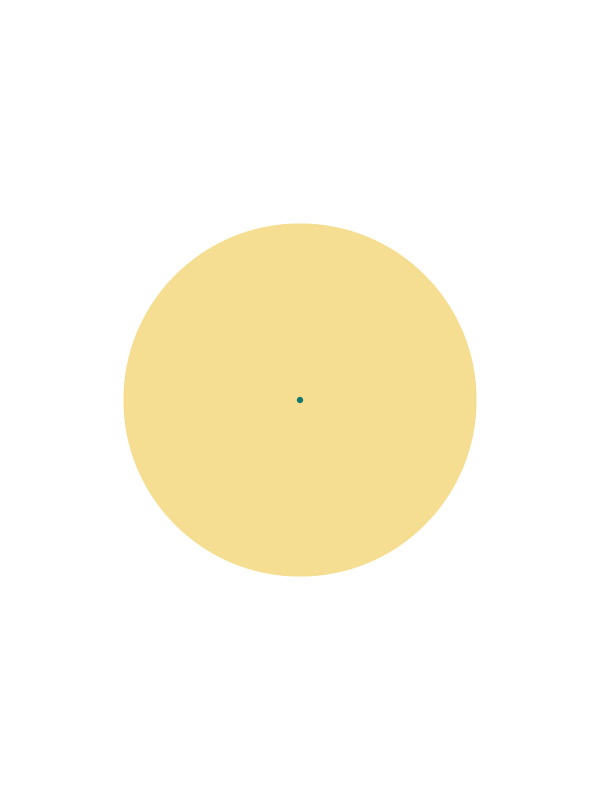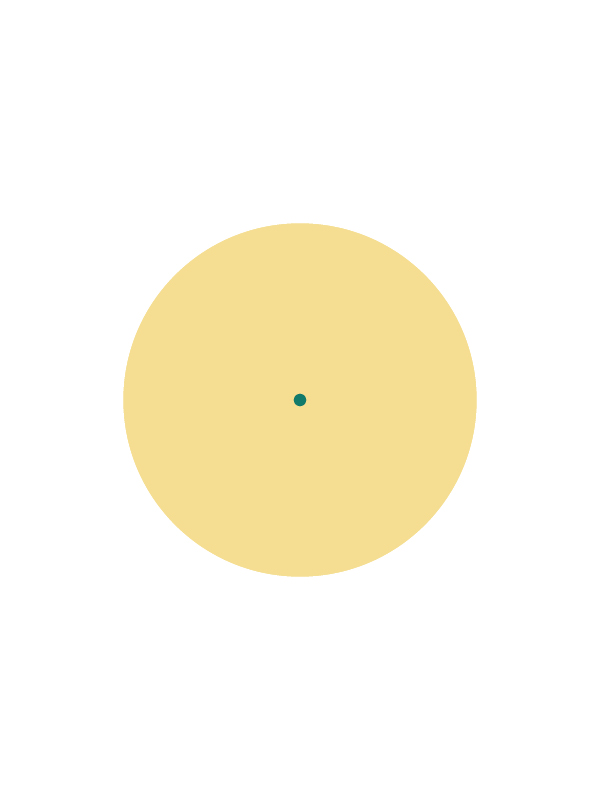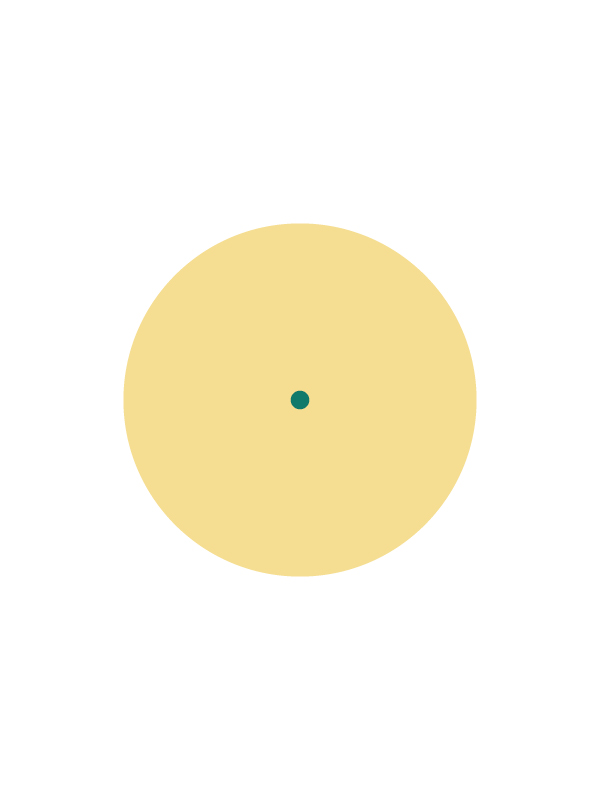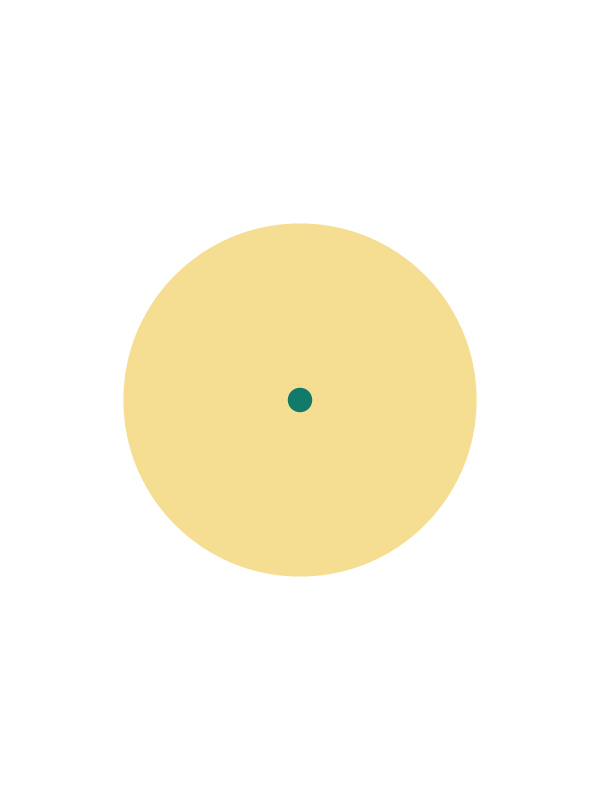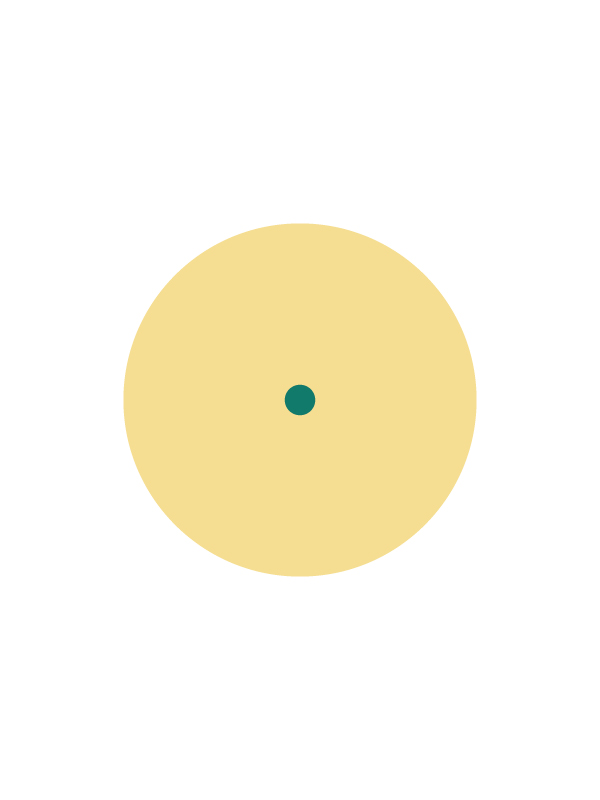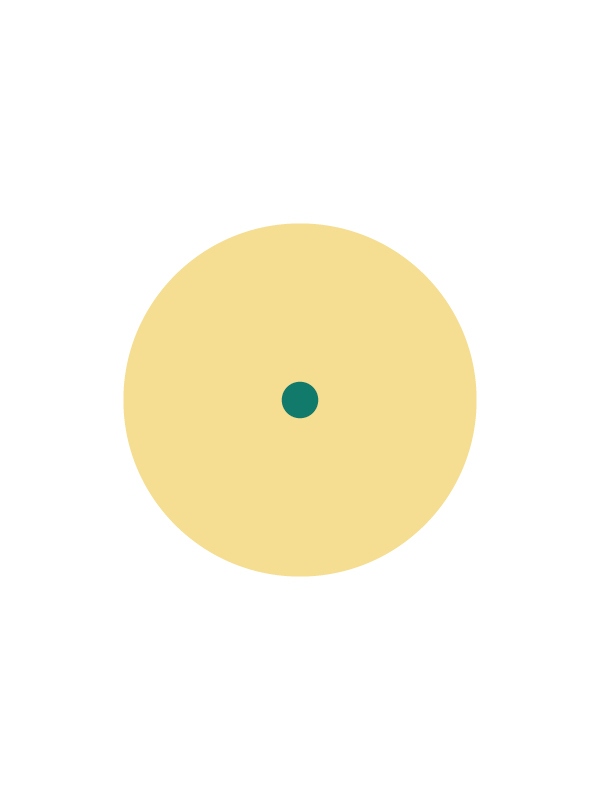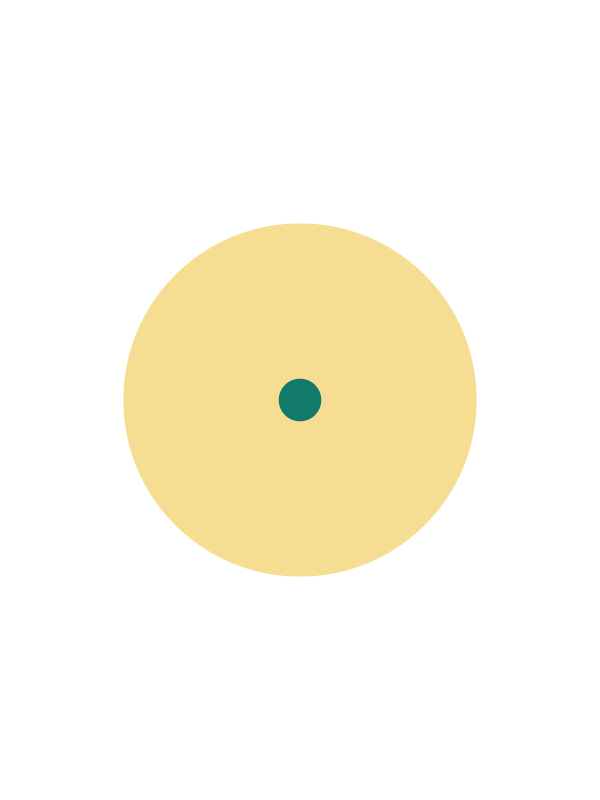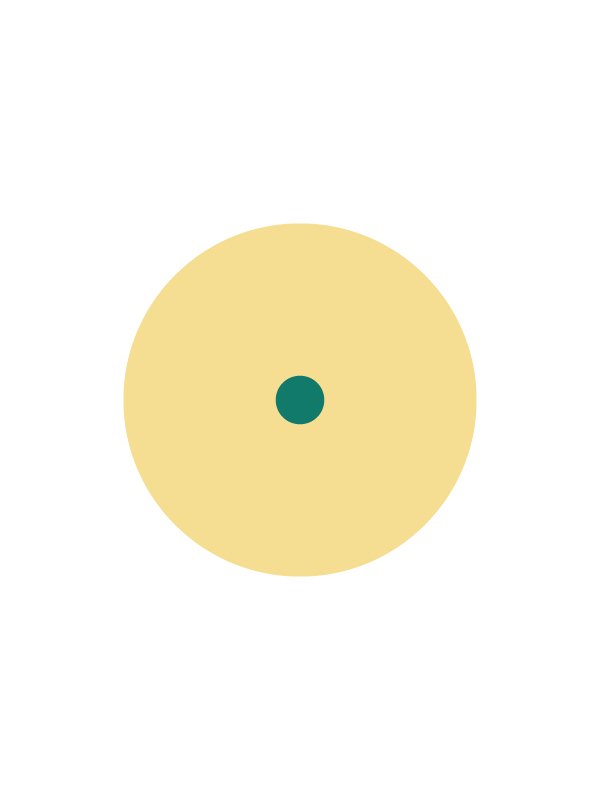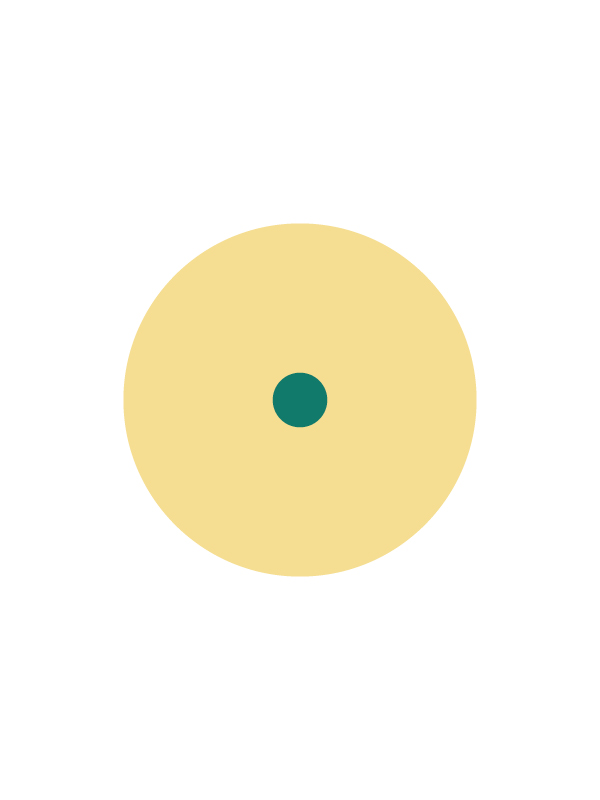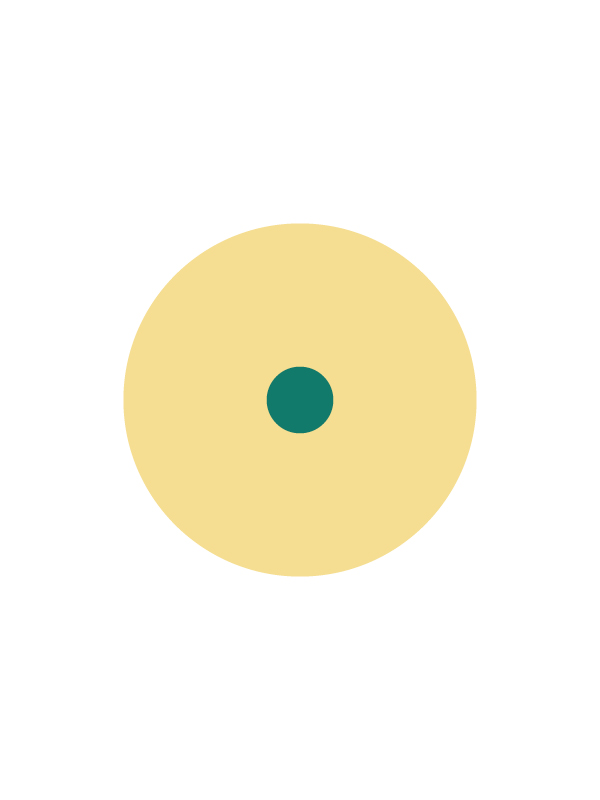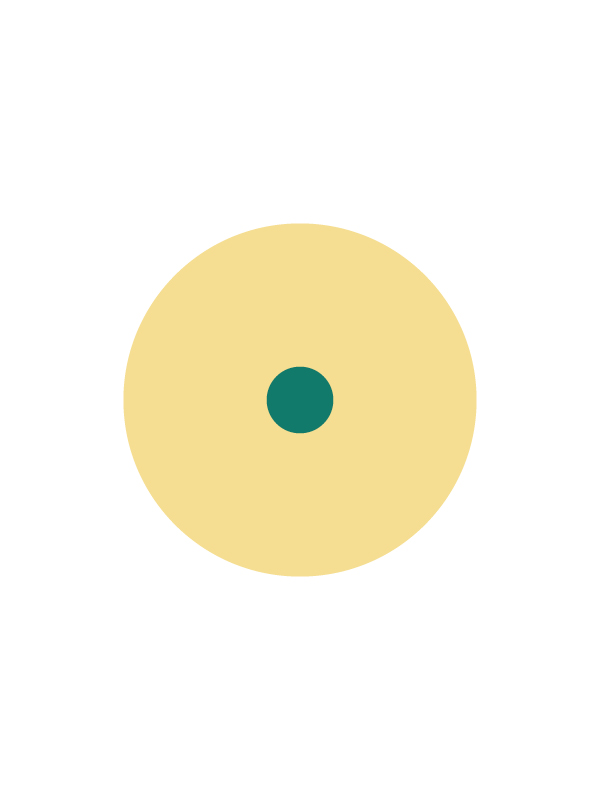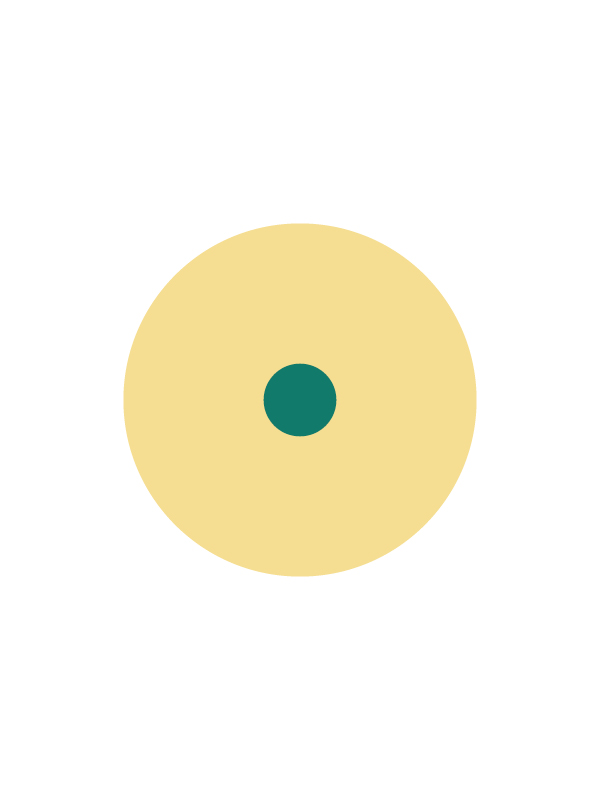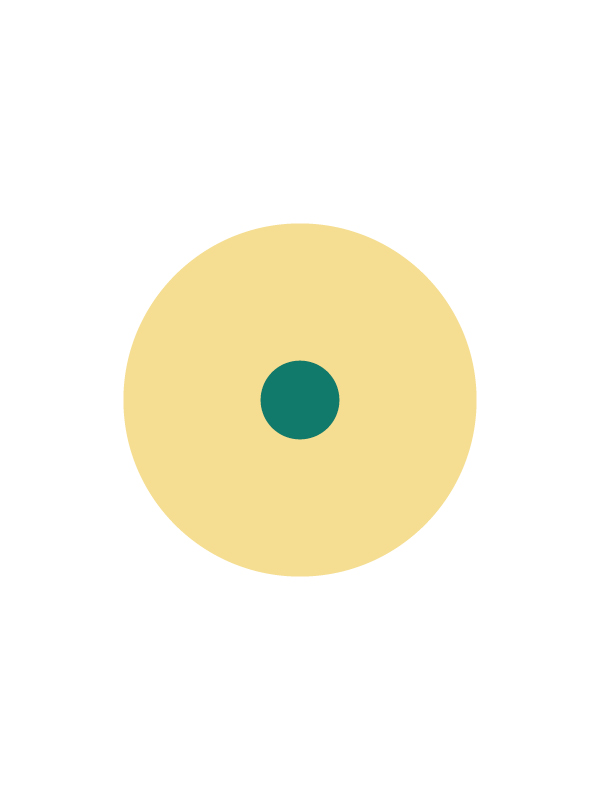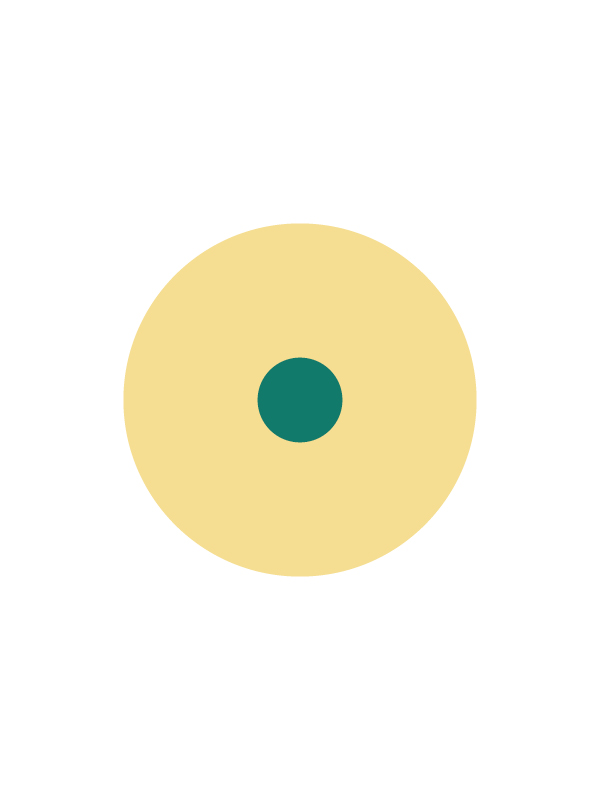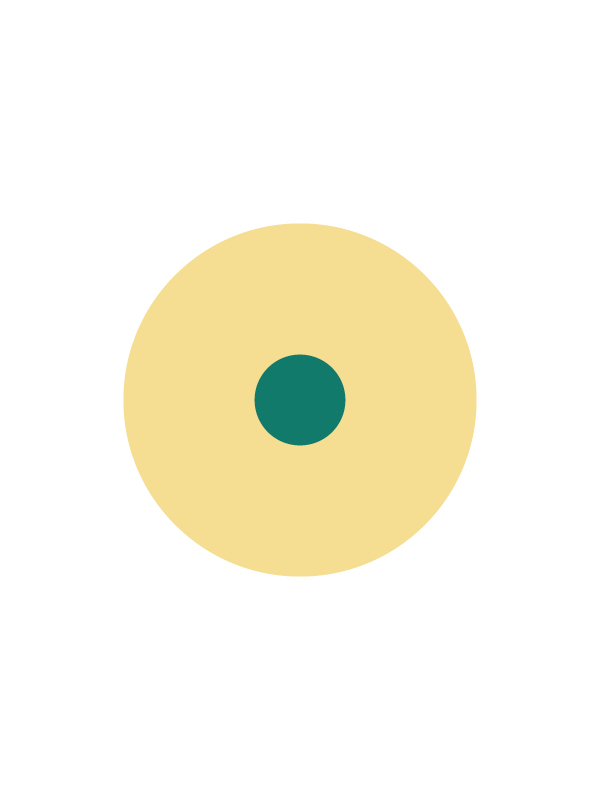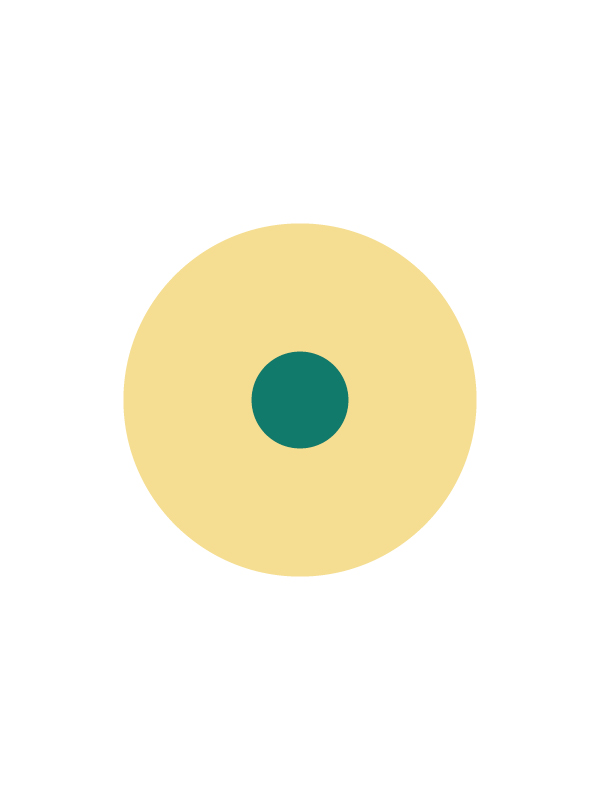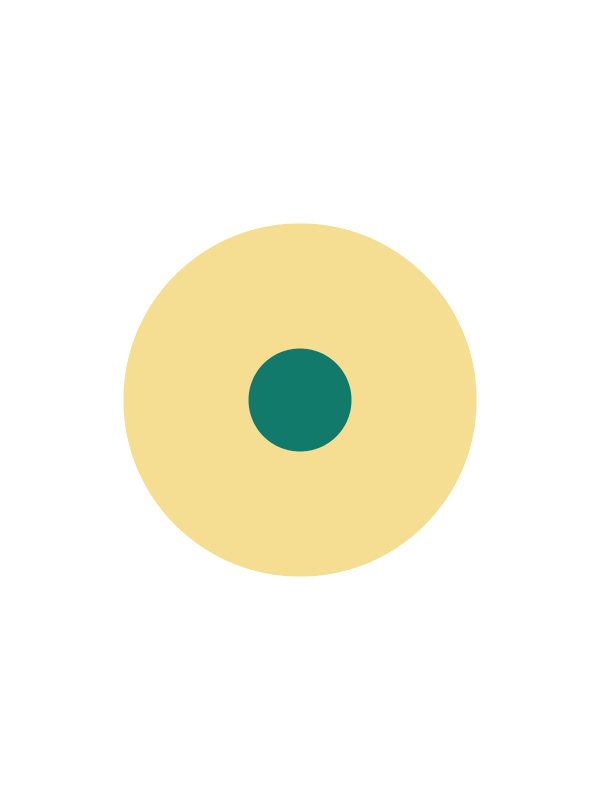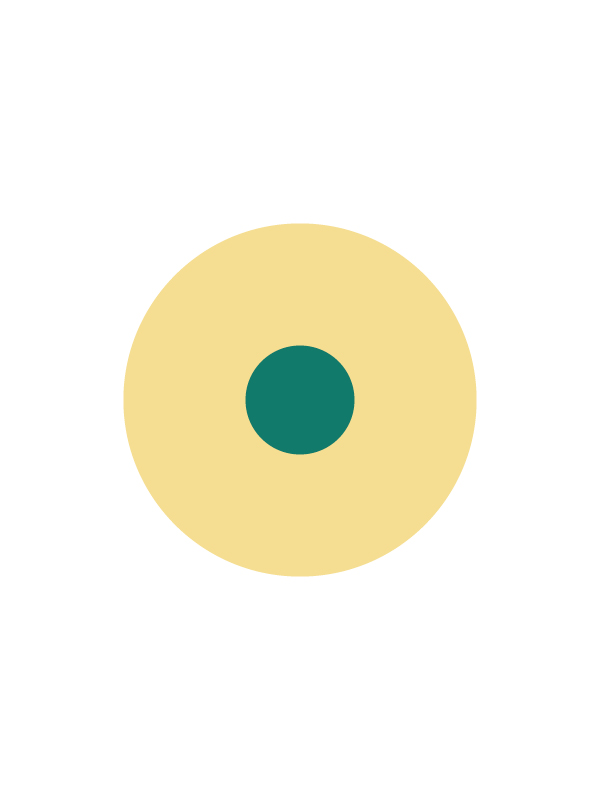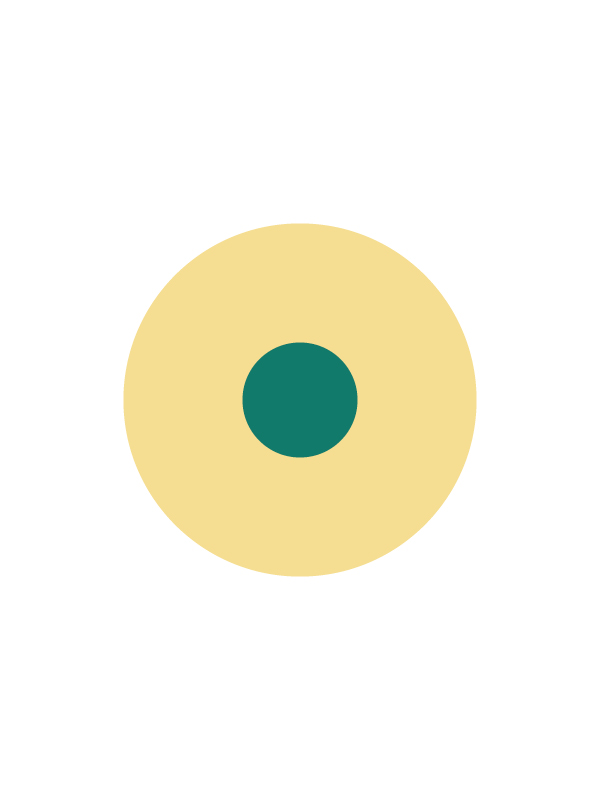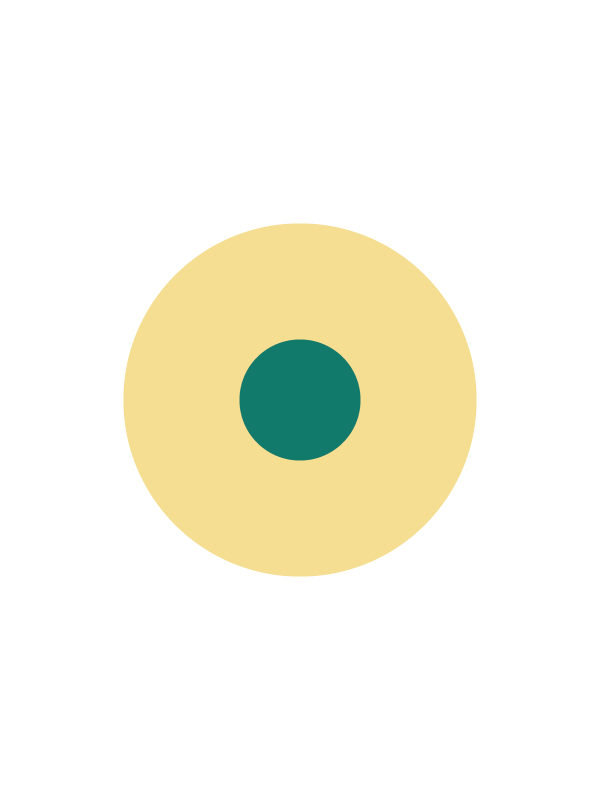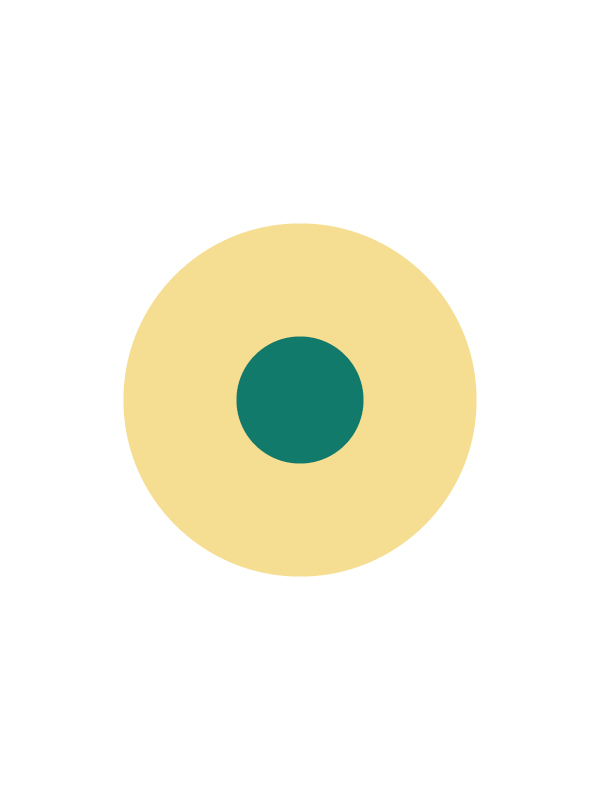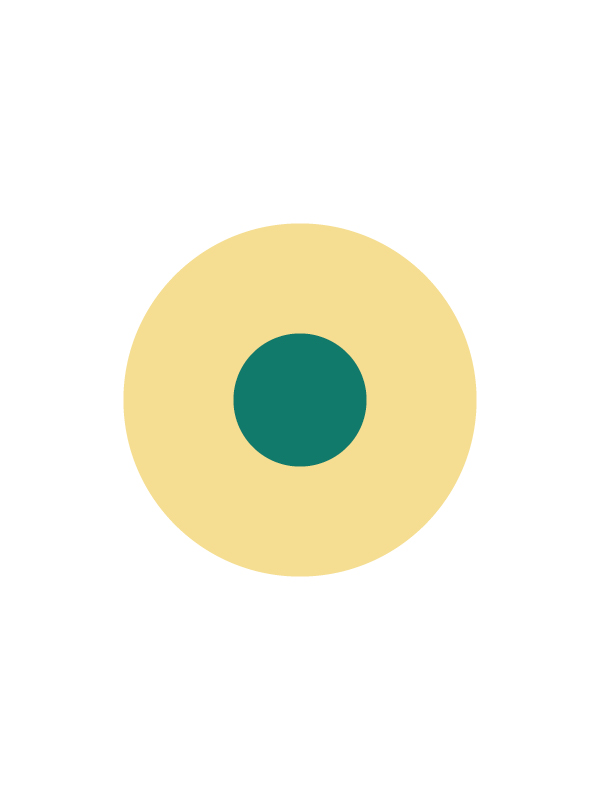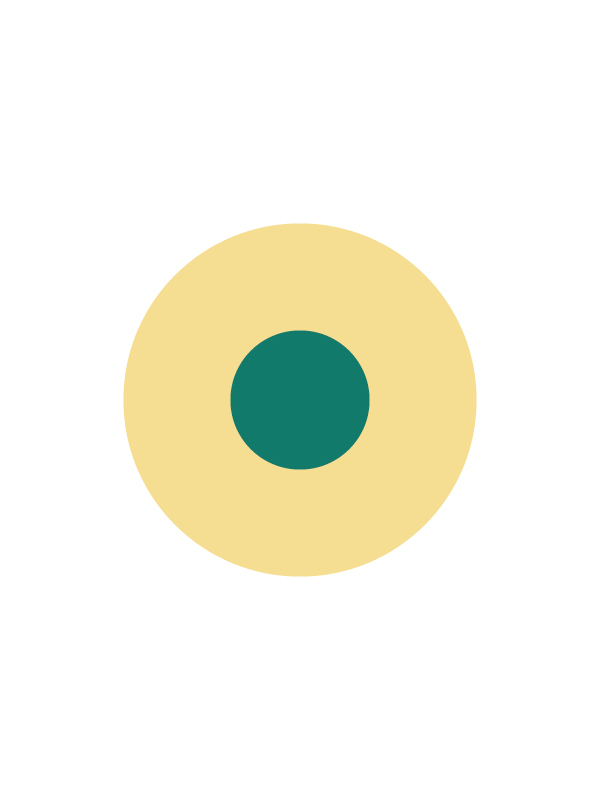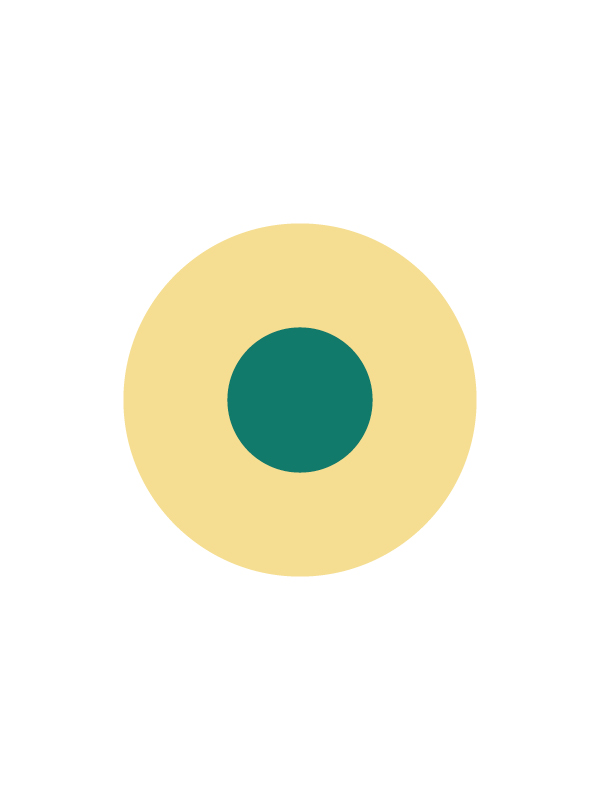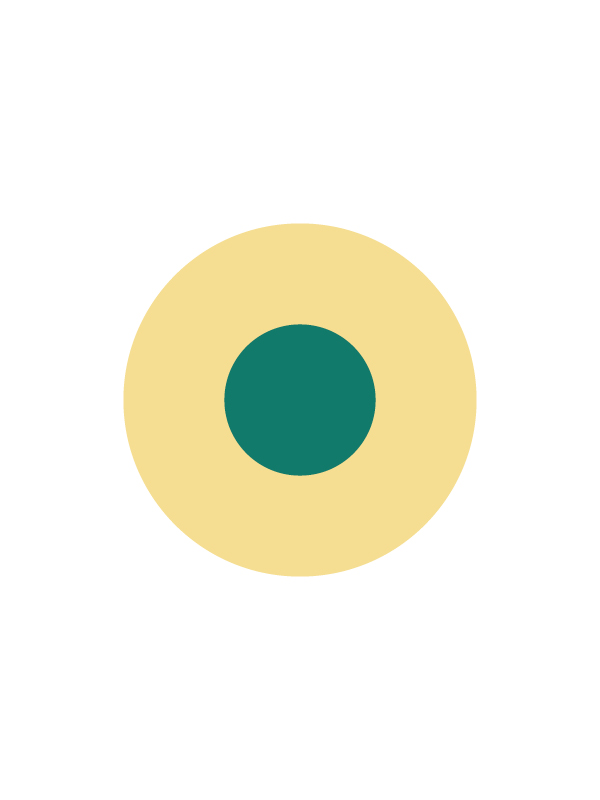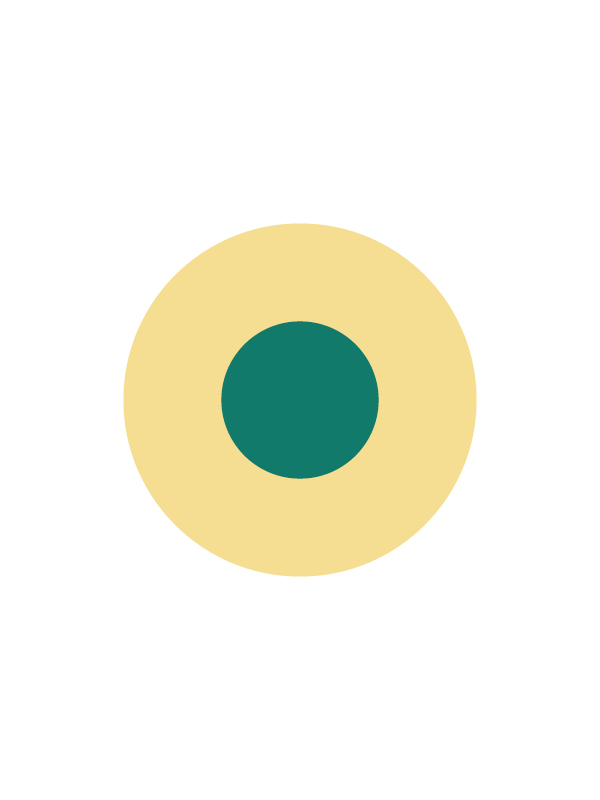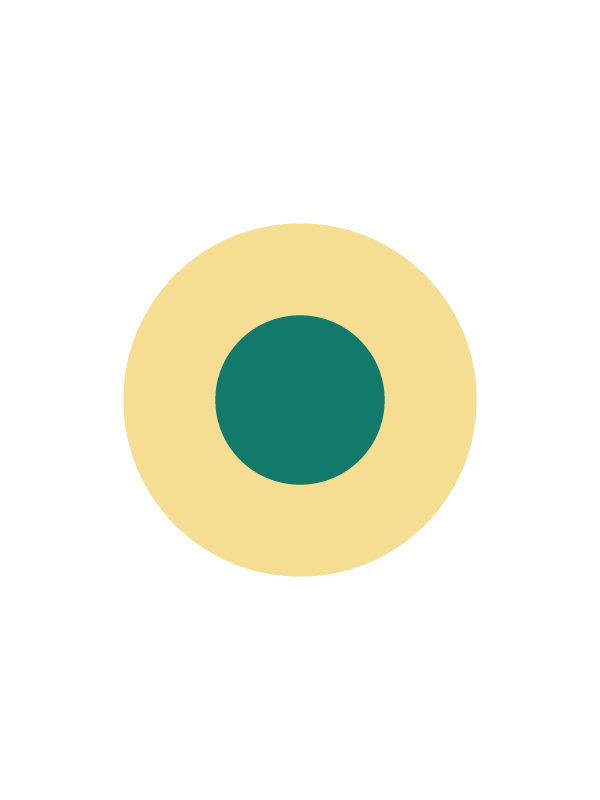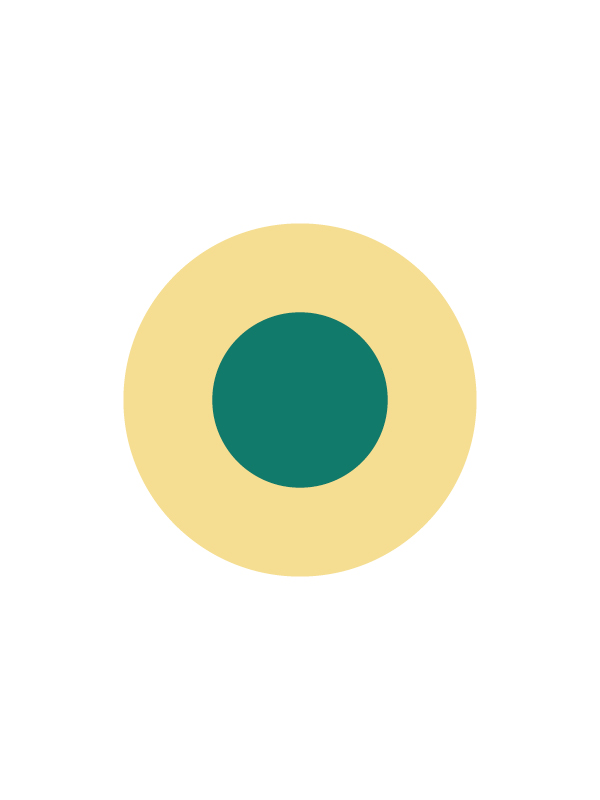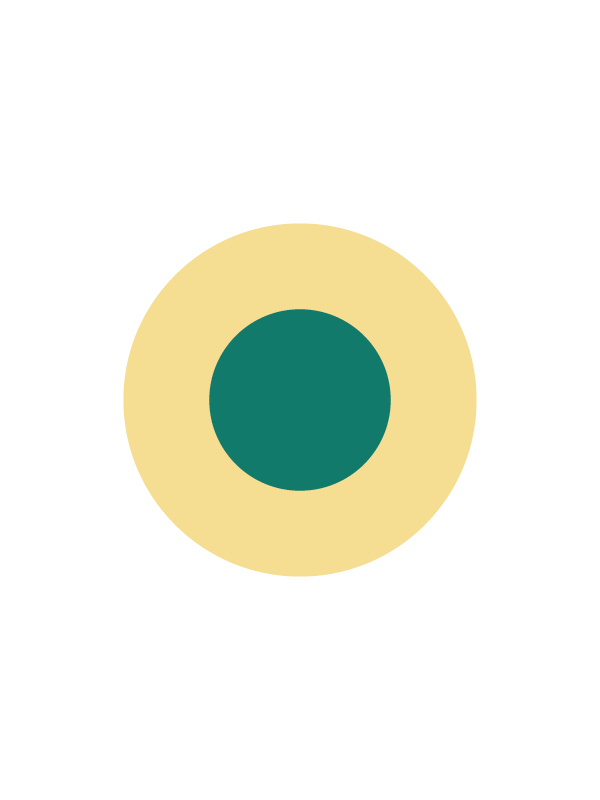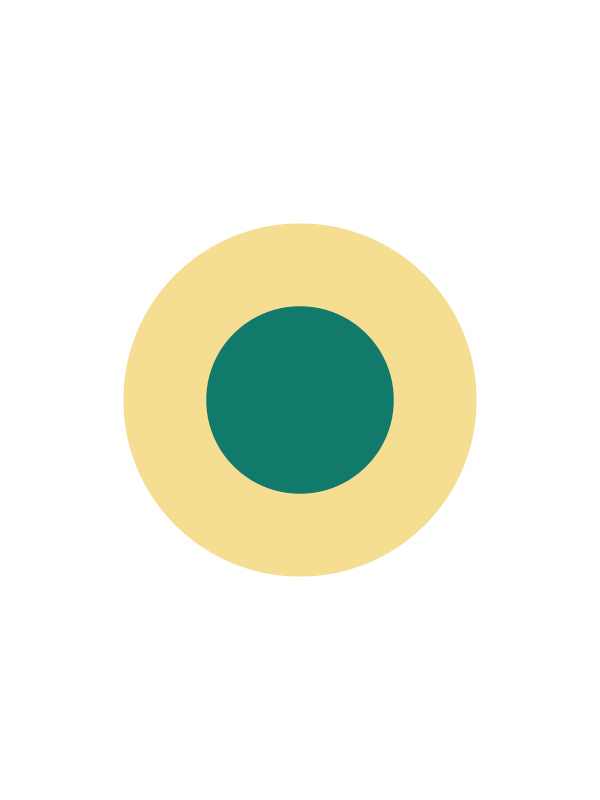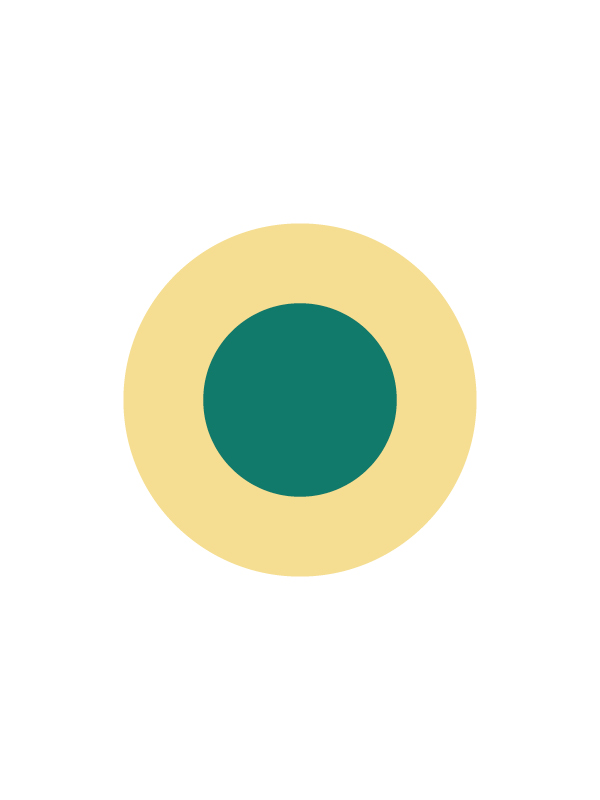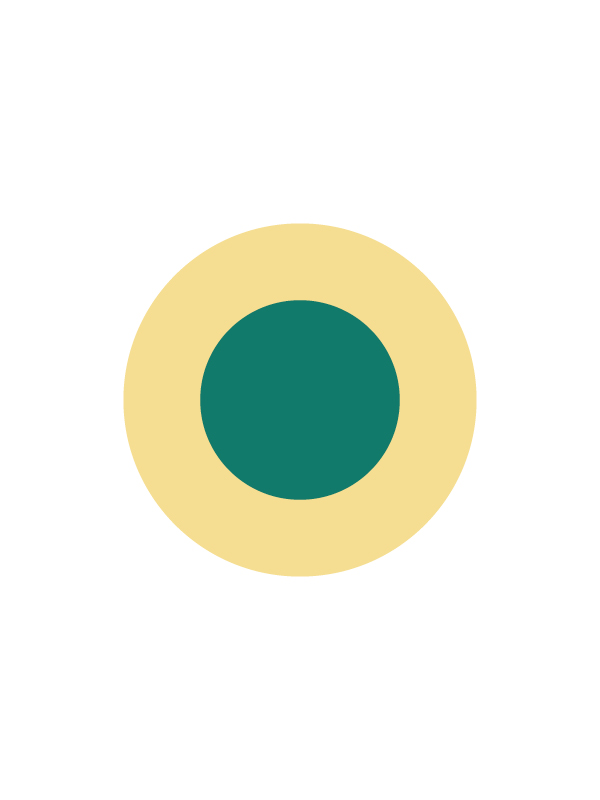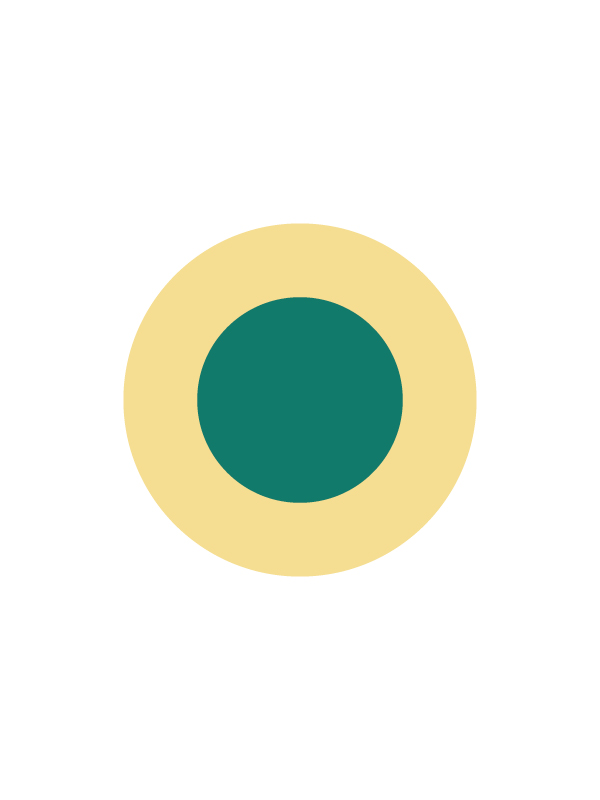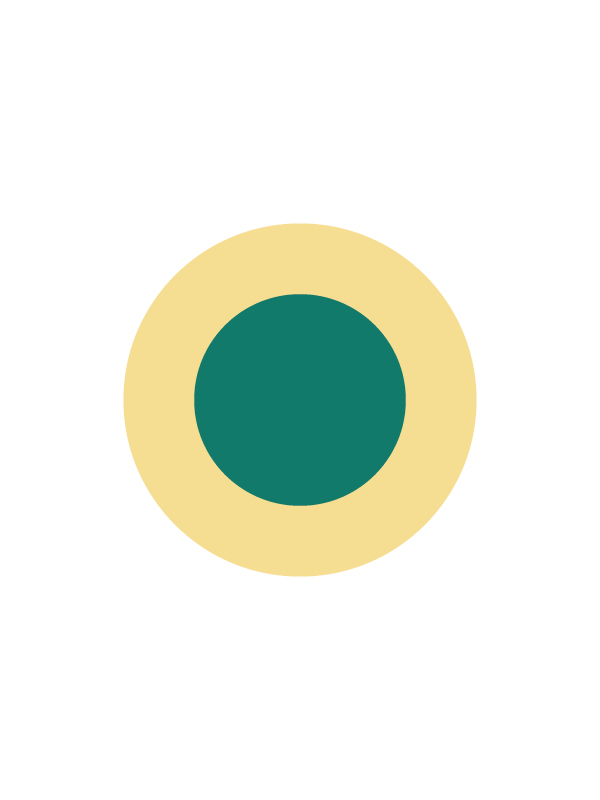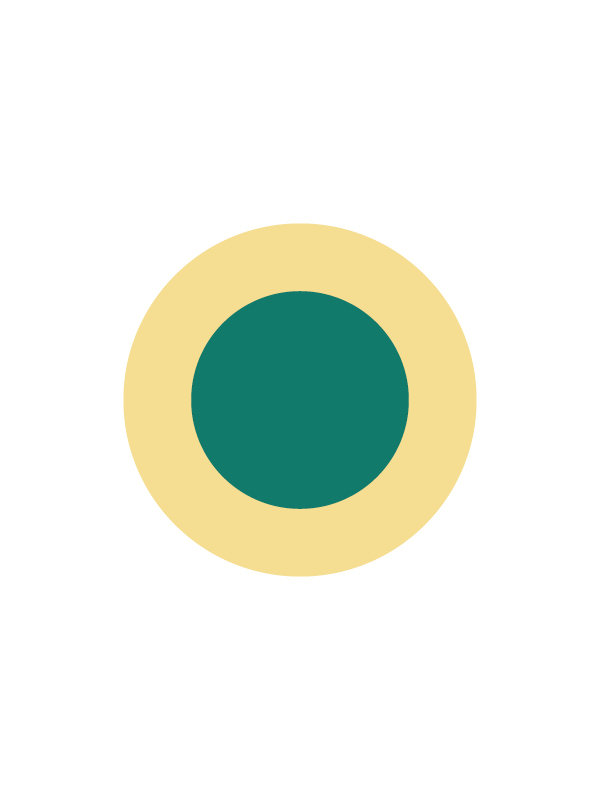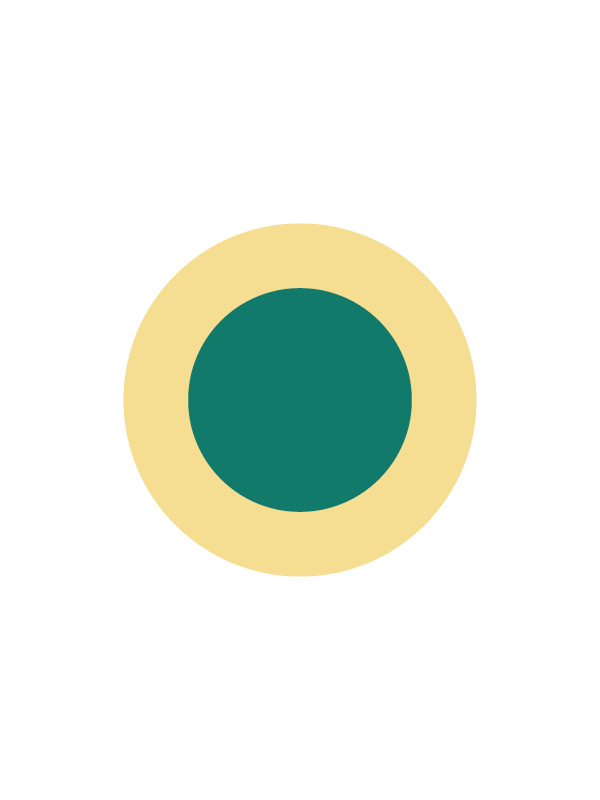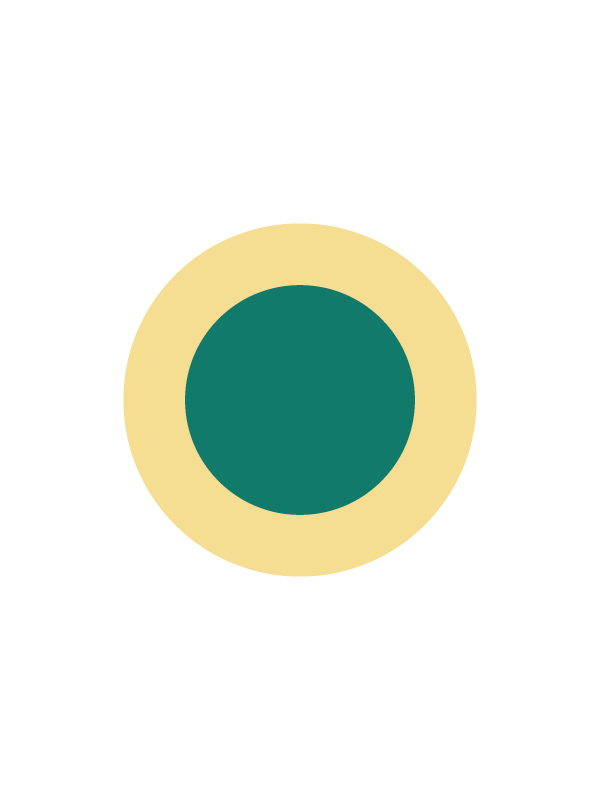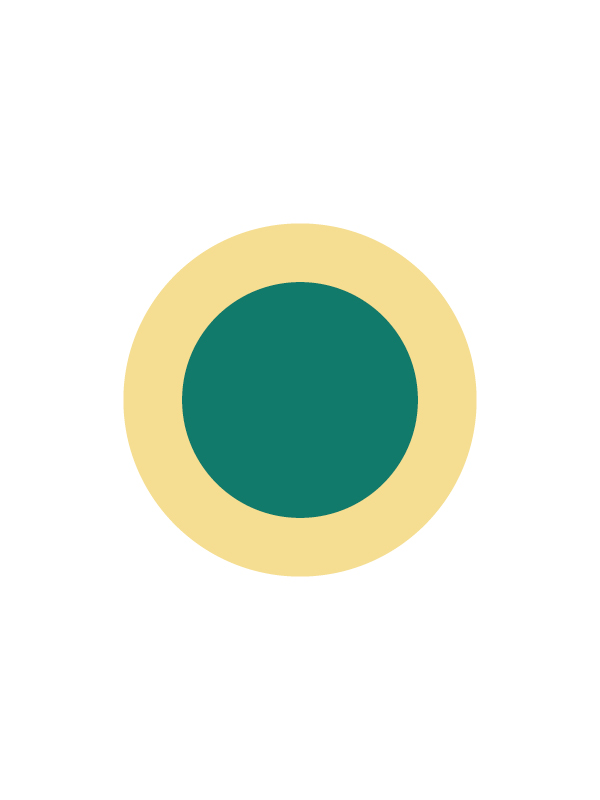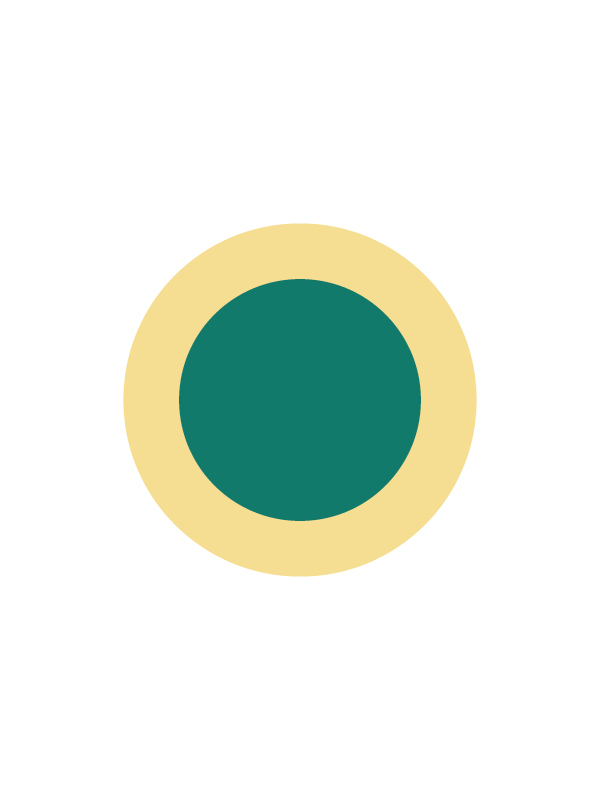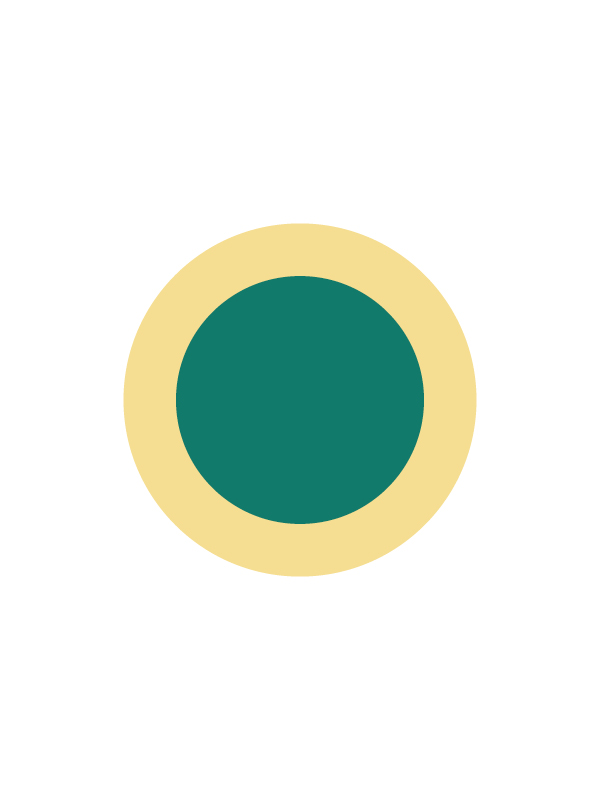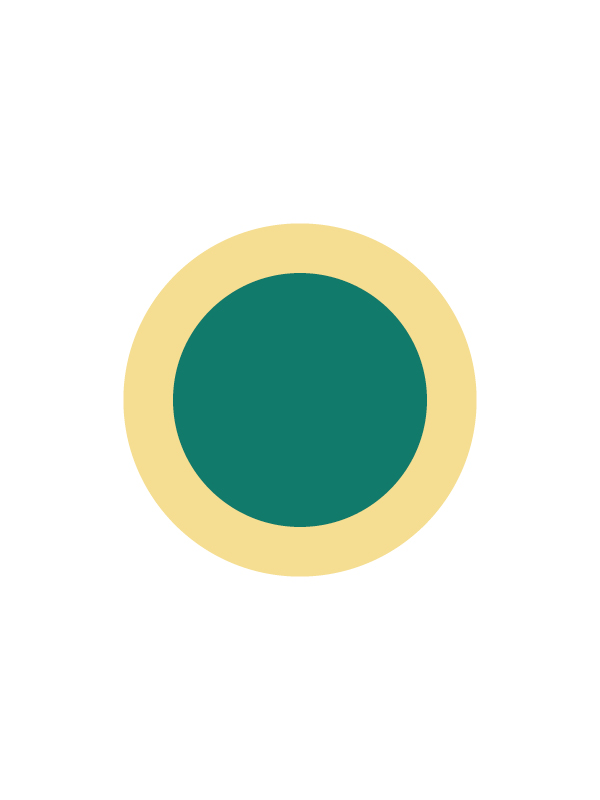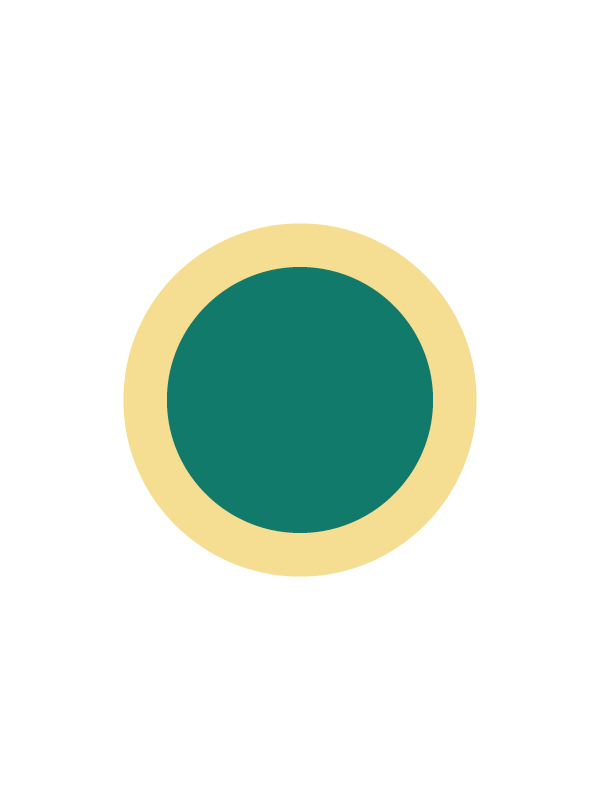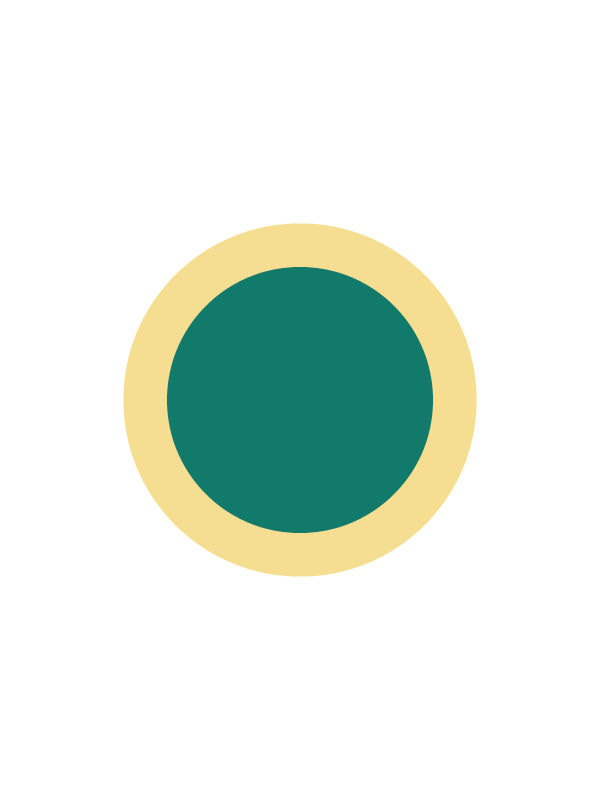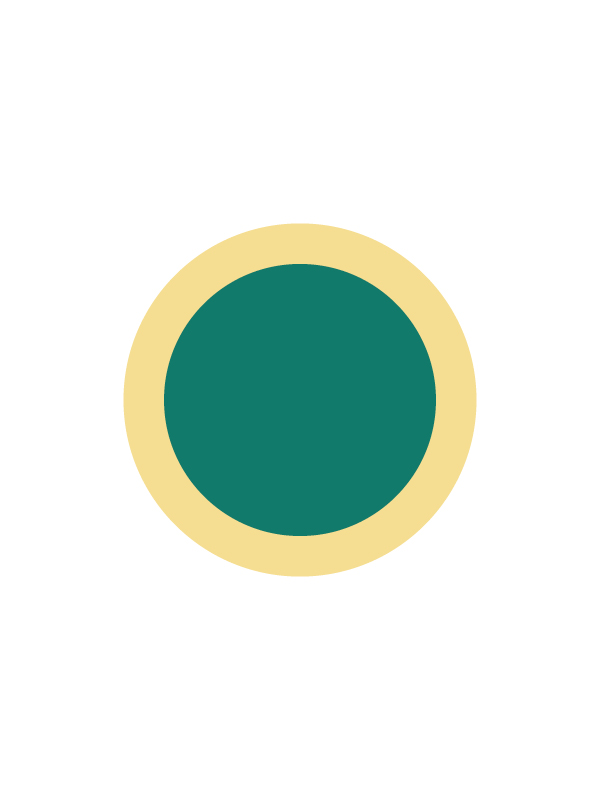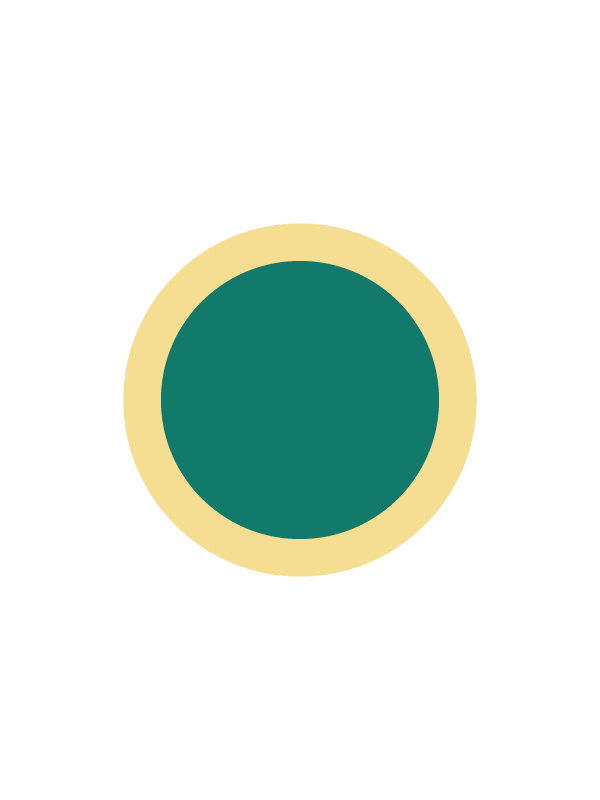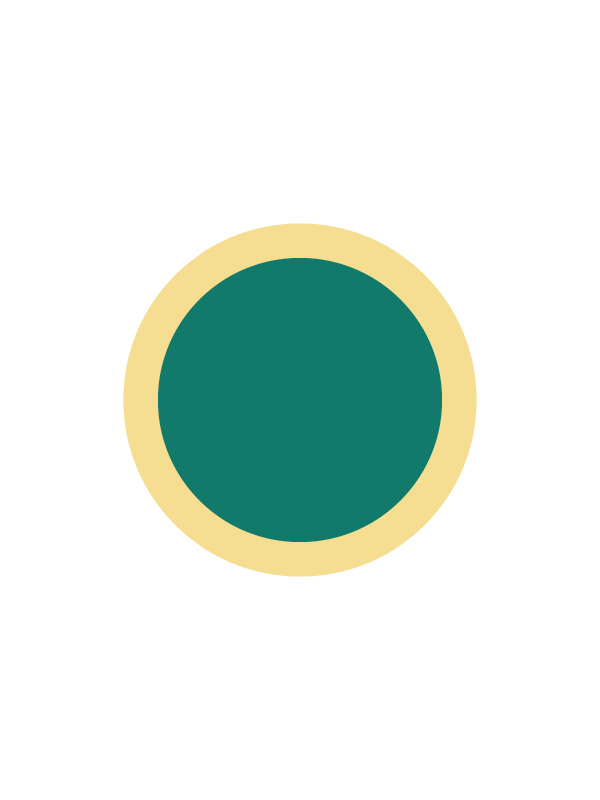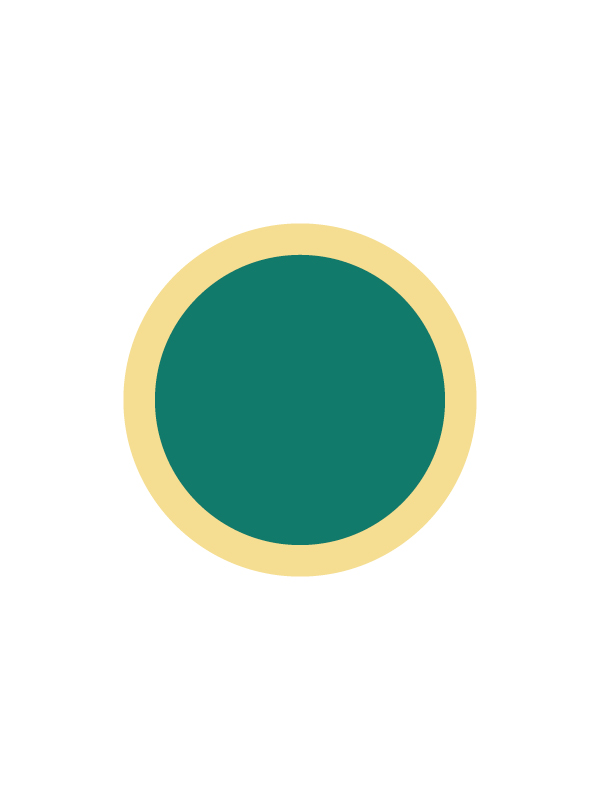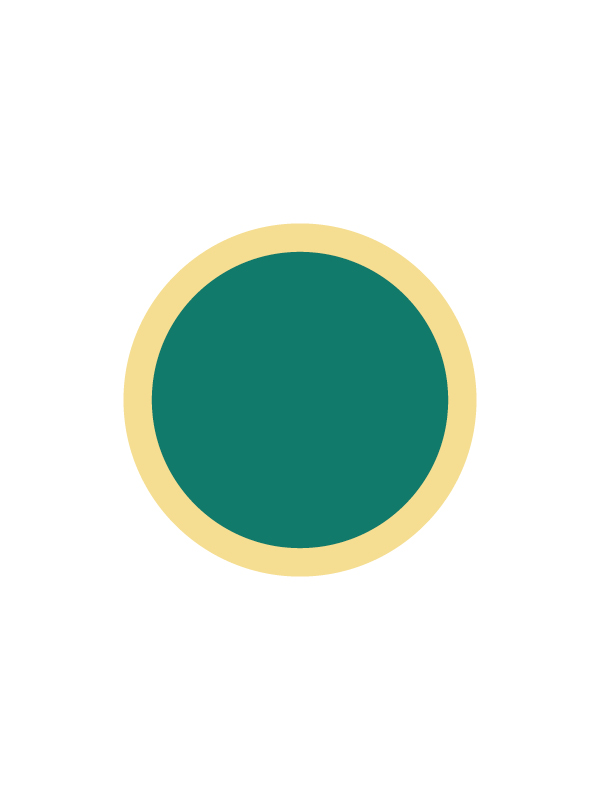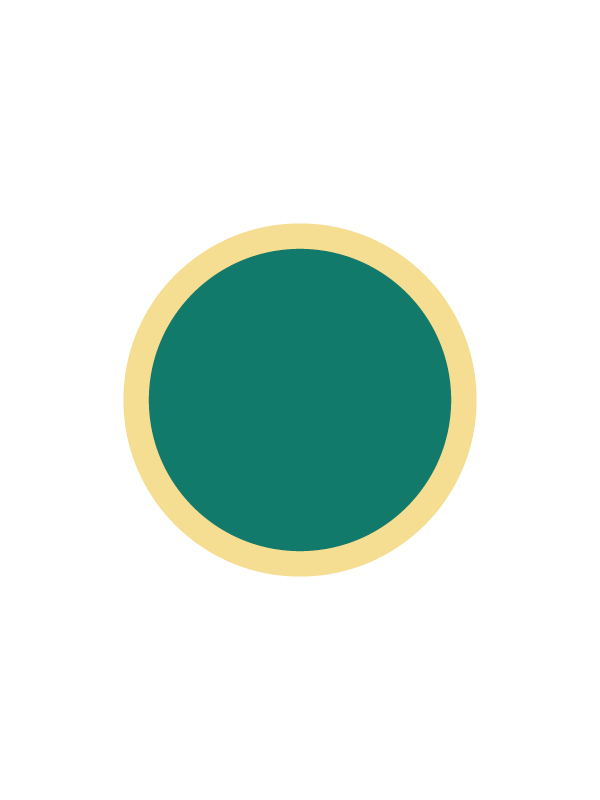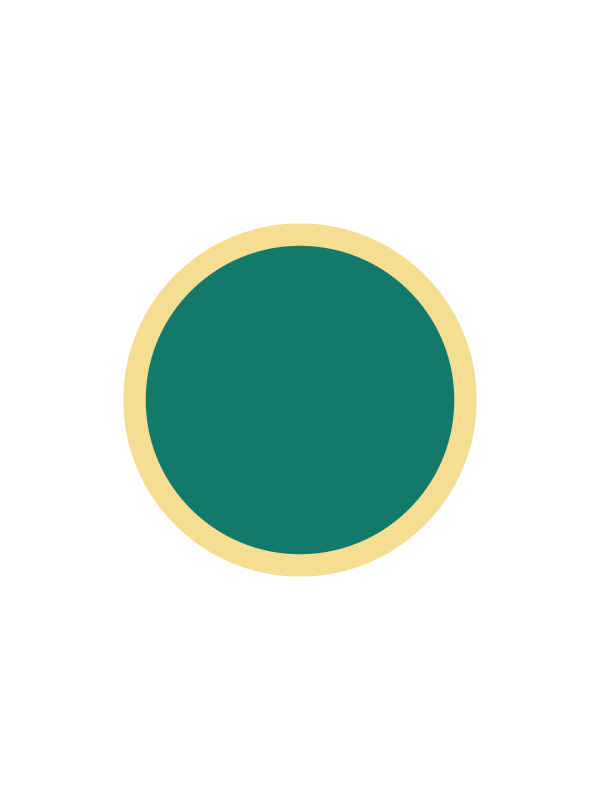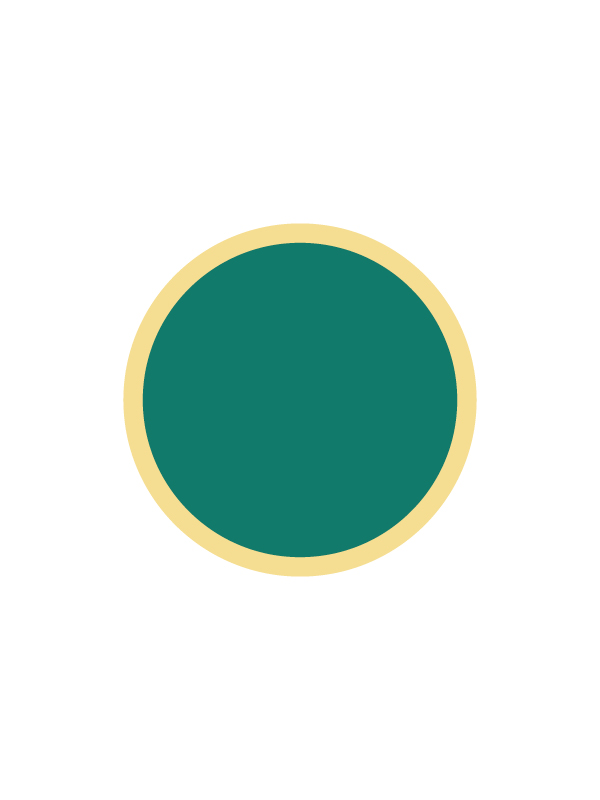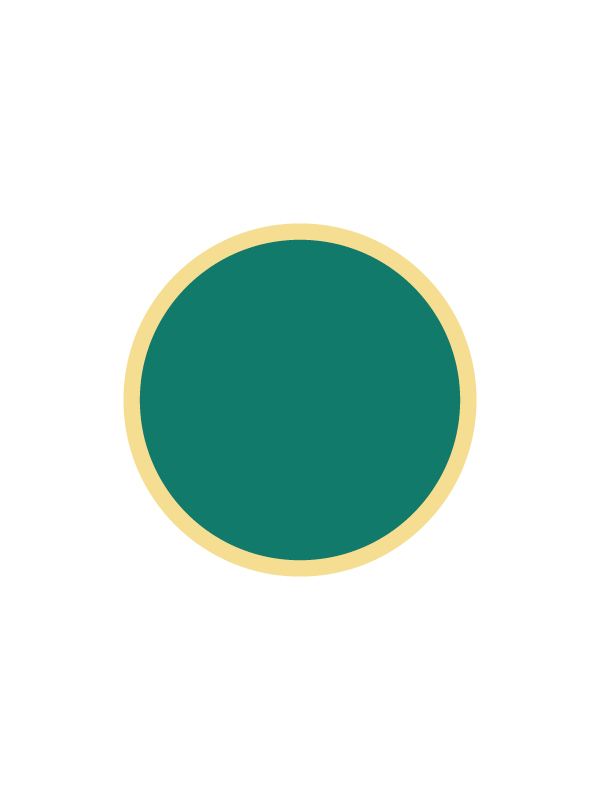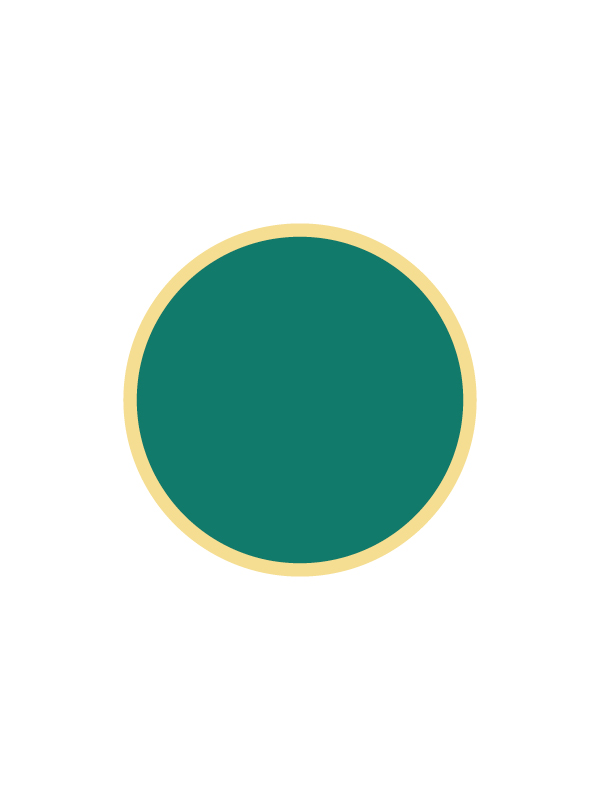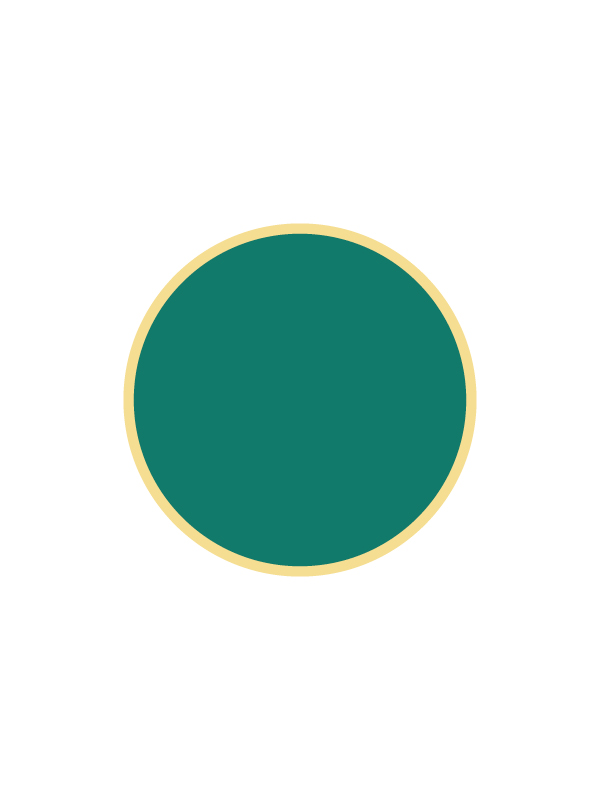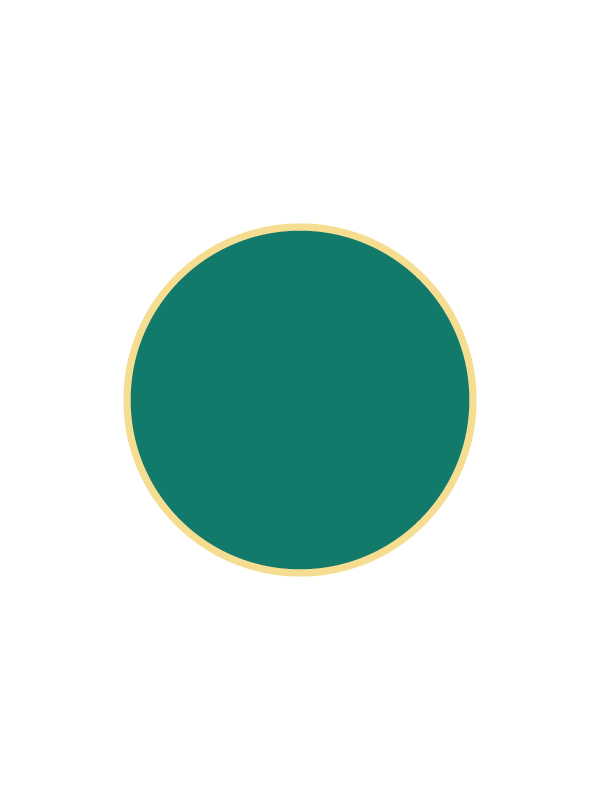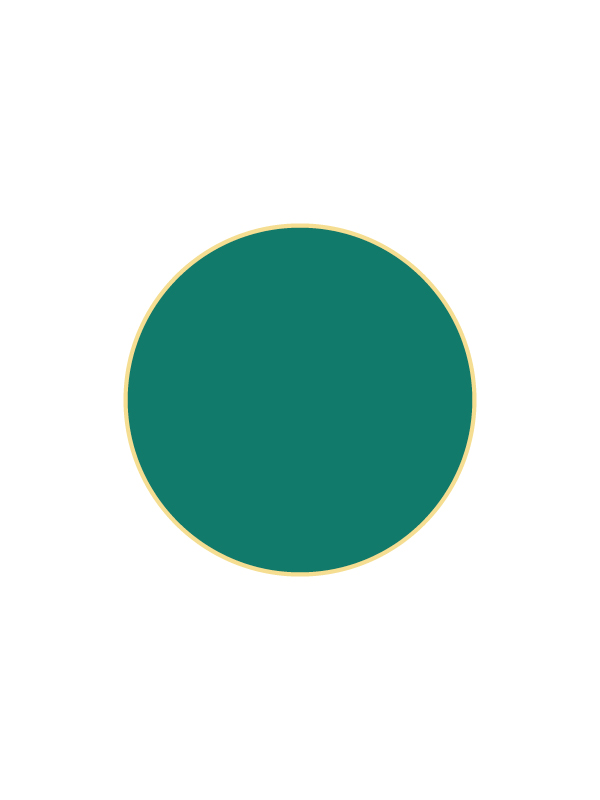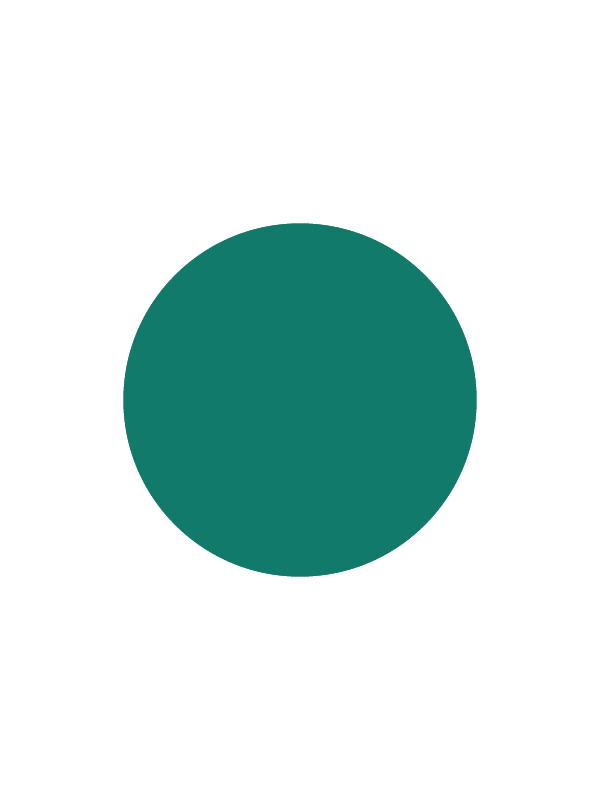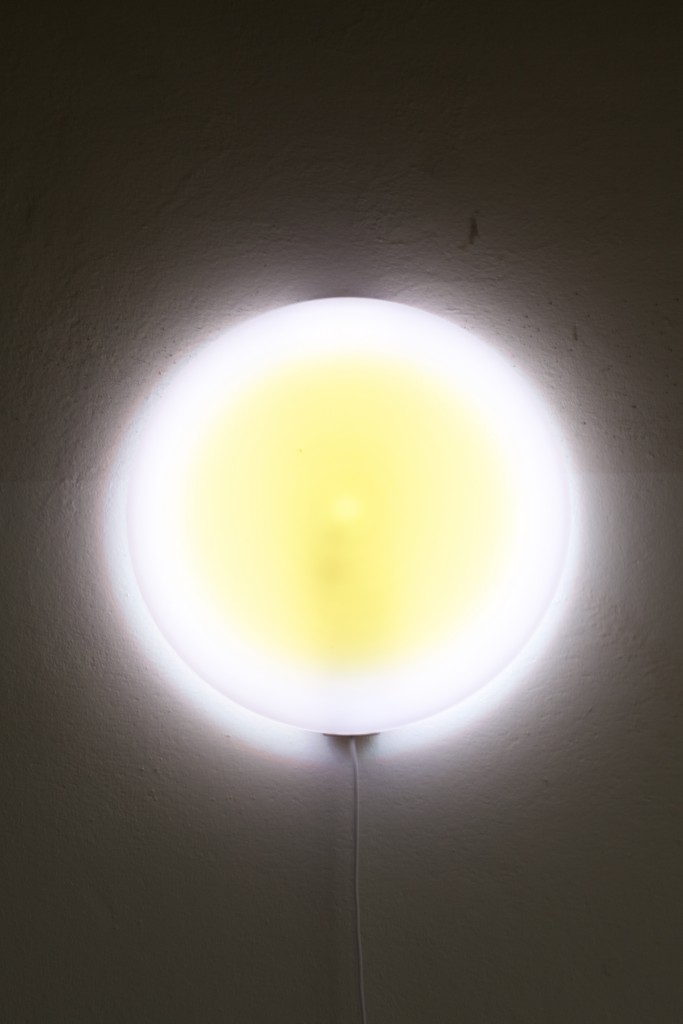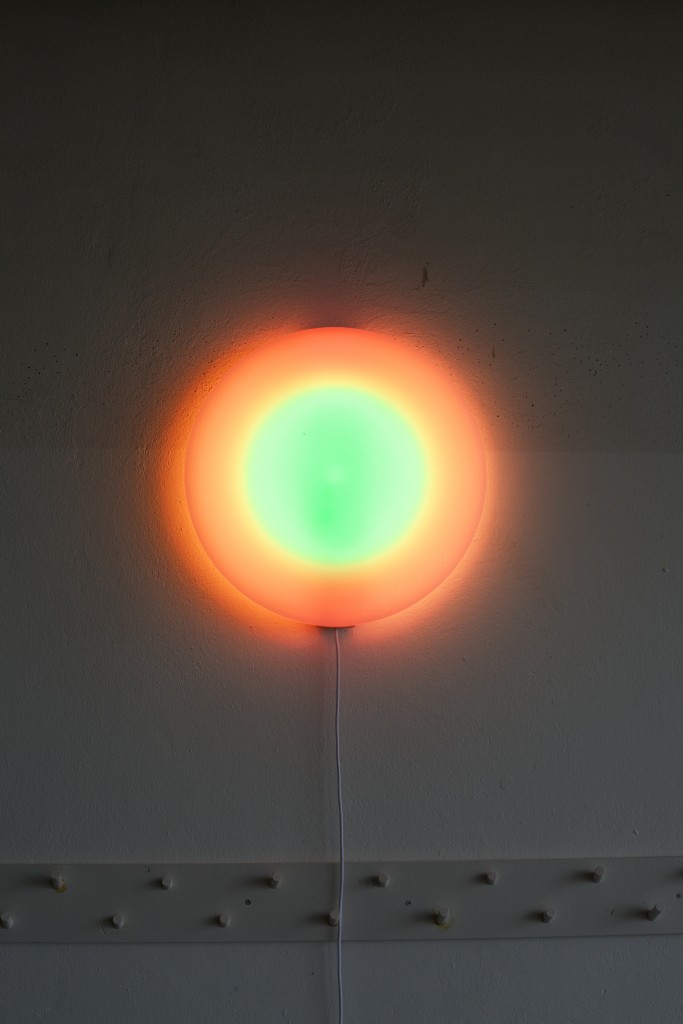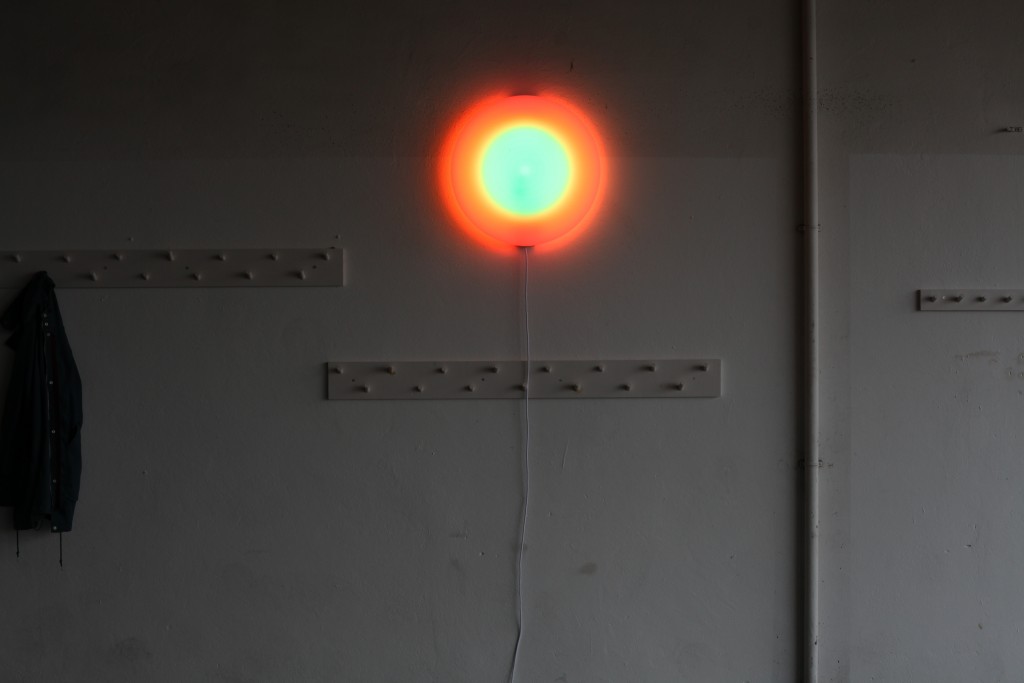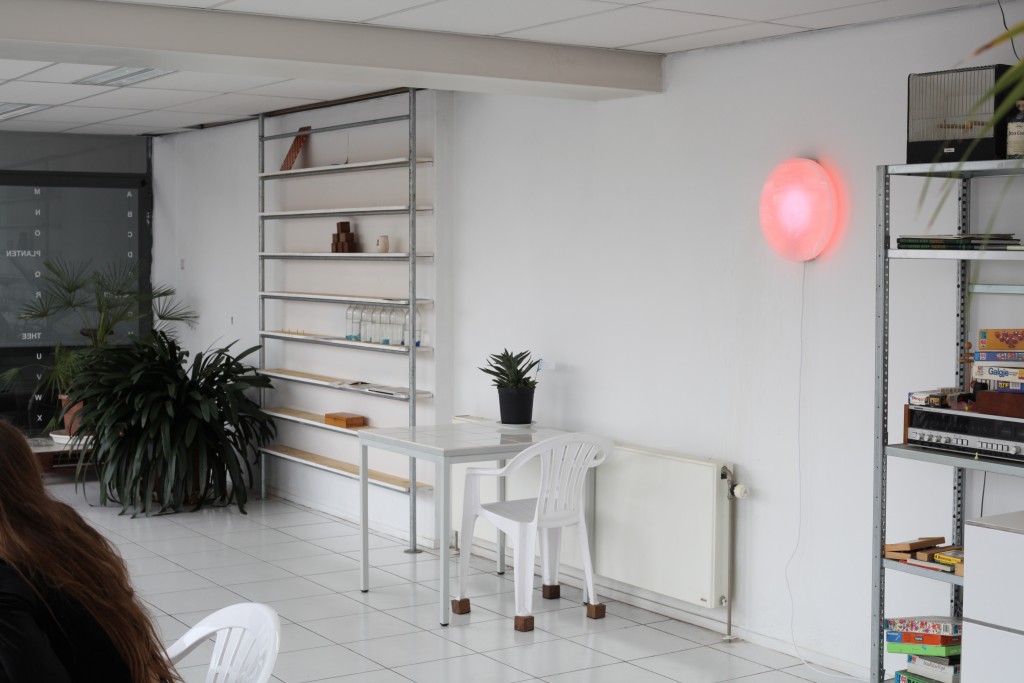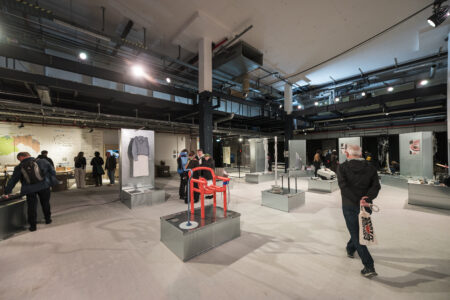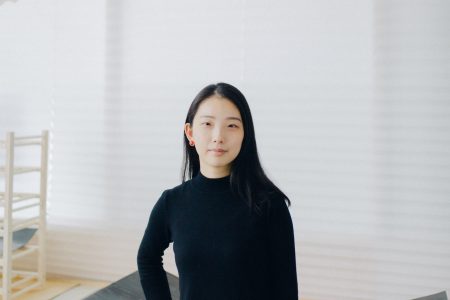Experiment: O Clock by Wout Wolf Stroucken
Let me try to explain this project by doing a little experiment.
Stop reading this text and look at what time it is.
In the back of your mind you will start to have trouble with continuing to read this text. Because the clock has shown you how much time you have left before you have to start your next task. You are no longer completely connected with what you’re doing at this moment but you’re much more involved with what’s to come or what you should be doing instead. It is always hard to read something online. This is because there are so many other things you could be reading instead of this. There are so many other things to scroll through. It’s only lucky that you’ve read this far while you could have been looking at other things instead. The truth is we can not. We can not be in two places at the same time. Read two books simultaneously or read a newspaper article in two seconds. Life is not too short and we are not in a hurry. The only problem is that we don’t accept time as it is. We have to start accepting that it is now and not any other moment in time. You can not work tomorrow. There aren’t more then 24 hours in a day.
O clock by Design Academy Eindhoven graduate Wout Wolf Stroucken displays time through colour. Every hour of the day is a different hue, making a total of 24 colours. A full hour is a full circle. Within a hour the next colour grows out of the centre outwards like the rings of a tree. Besides colour, O clock tries to display a more ‘human’ time. The ancient greeks described this as Kairos: the time that you’re delve into an action so deep that you don’t think about time passing anymore. These moments are for reflection or the realisations that come when you don’t plan on it. A traditional clock displays the whole spectrum of daily time with stripes and numbers. All 1440 minutes of the day are displayed within a fragment of a circle. Because they display the full spectrum, clocks always shows what is to come and what has past. O Clock only shows one hour at a time and communicates the information through the intuitive language of colour. O clock has been developed as an mobile application and as physical wall objects. Placing the design within both the digital and the physical domain.
